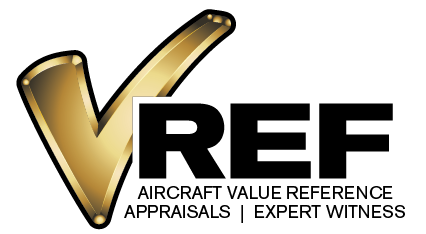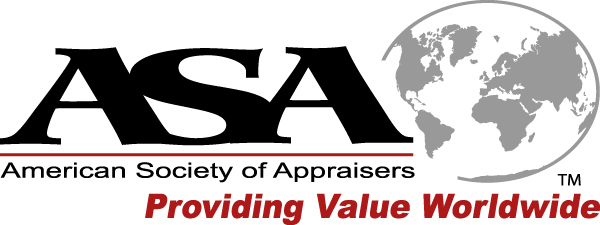The general aviation market is outperforming our forecasts. Honeywell International expects to deliver nearly 8000 planes over the next decade and VREF has been completeing more appraisals then ever.
The economy is booming, and net income is up for the majority of Americans. Also, the United States government reduced the corporate tax rate, and with bonus depreciation getting ready to expire in a couple of weeks, there is no better time to buy then now. This means corporations have more cash and are provided a nice incentive to purchase a private jet or aircraft for business use.
Are you in the market for a new airplane but do not have enough free cash flow? Read on to learn all about aircraft loans. Explore how to secure financing and get ready to start flying.
Identify the Plane
Before you start talking about financing, you need to find a plane to purchase. This step is relatively critical as without a potential aircraft in mind, or without a substantial budget, it is going to be impossible to gather terms from potential lenders.
There are so many different airplane types that may work for your needs, so before you start doing an analysis, you might want to hire a professional broker. A broker can help sift through available inventory, and more importantly, guide you towards a successful closing. There are aircraft for every type of flying, like a single-engine plane designed for hobby flying and short-distance travel or a twin engined turbo prop built to move a medium sizer business and their executives across a small region of the USA.
Some small businesses design and fabricate home-build aircraft. At the higher end of the spectrum are million-dollar private jets. Either way, you need to pick out a plane so the lender knows how much money is required. Psst, not all lenders like to loan on all aircraft types. Did you know that some lenders are so specific in equipment financing that you’ll get a quick no if they don’t like the collateral? Does that mean your hopes of flying are destroyed? Not at all, and you might want to check with your local bank or credit union as many of our clients report a high success rate in closing with one.
Inspection and Appraisal
Now you are ready to move on to the next step. Safety is of the utmost importance when it comes to flying.
Unlike a vehicle, an airplane malfunction can result in fatal injuries. This means that a thorough inspection of the aircraft is required. Unless you are a subject matter expert, professional assistance is a must for this step. Don’t skip the pre-buy, and don’t skip the logbook review.
If the plane is pre-owned and older then five years, this involves researching its history. Also, the legal status of the aircraft needs to be examined. This consists of reviewing records from the United States Federal Aviation Administration (FAA). Don’t worry, an escrow company will make this much easier to research, and you can even buy title insurance. Why close through escrow? It’s safer, and you have a company looking over all documentation and holding funds until those documents are correct and in place. The older the aircraft means it will get harder to clear an old lien or search through many logbooks, so leave that to an expert.
The next step is a comprehensive inspection of the plane. This involves hiring an experienced A&P mechanic or technician to evaluate the plane’s mechanical and cosmetic condition. The inspection process is less complex for a new aircraft.
Finally, an appraisal of the aircraft’s value is required. The lender will need to ensure they are not loaning more than the aircraft’s fair market value. The appraisal process is where VREF steps in to make your aircraft purchase a reality. Every primary aircraft lender in the USA relies on VREF appraisals for their trusted clients, which means you should too!
Find the Best Aircraft Loans
Finding the right loan depends on the financing terms. Of course, you want to select the most competitive interest rate. This rate drives the financing charge that you pay over the loan’s term.
Another factor to consider is lender fees. Ask each prospective lender for a complete breakdown of lender fees before moving forward. These fees may include charges for the application or a credit search.
The required down payment is another consideration. Each lender may have a different requirement, but a standard minimum is 10% of the loan value.
Lastly, you want to see the loan terms offered by each lender. The loan term is the length of the loan. Some borrowers need a longer-term to afford the monthly payment.
Wrapping It Up
Financing an airplane is an exciting moment in your life. The process is more nuanced than other loans. It requires an appraisal and thorough inspection.
If you are looking into aircraft loans and need an appraisal, contact us today to schedule an evaluation, and don’t forget to contact our partners at AOPA Finance for a loan proposal!








